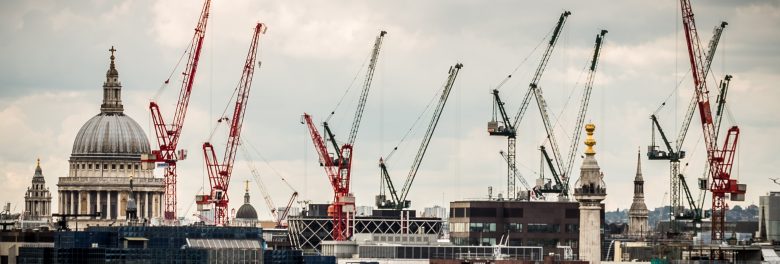
Embodied carbon is increasingly being used by planning authorities to push for refurbishment over demolition and redevelopment. Whilst it can be true for any individual building that refurbishment has a lower embodied carbon impact, a more complex picture emerges when local housing targets are considered. The omitted element of low density refurbishment is that new buildings (and their associated embodied carbon) would be required elsewhere.
A more holistic examination is therefore required and should consider:
- Local context and housing targets;
- Whole life carbon on a per dwelling basis;
- The extensive reuse of existing site materials to reduce the embodied carbon of the new structure;
- An extensive refurbishment will be needed to ensure a substantial reduction of in-use energy emissions. This adds an extra complexity to the site, increased cost and increase in embodied carbon;
- The wider sustainability benefits large redevelopments can bring.
It is therefore essential that specifics of every building and its local context are considered when determining whether refurbishment or redevelopment is most appropriate with regards to embodied carbon.
Posted on March 31st, 2022
Author: Zeta Stebbings
Related services: Sustainability Statements, Alternative Methods of Construction, Whole Life Cycle Carbon Assessments, Construction Stage, Circular Economy Statements,